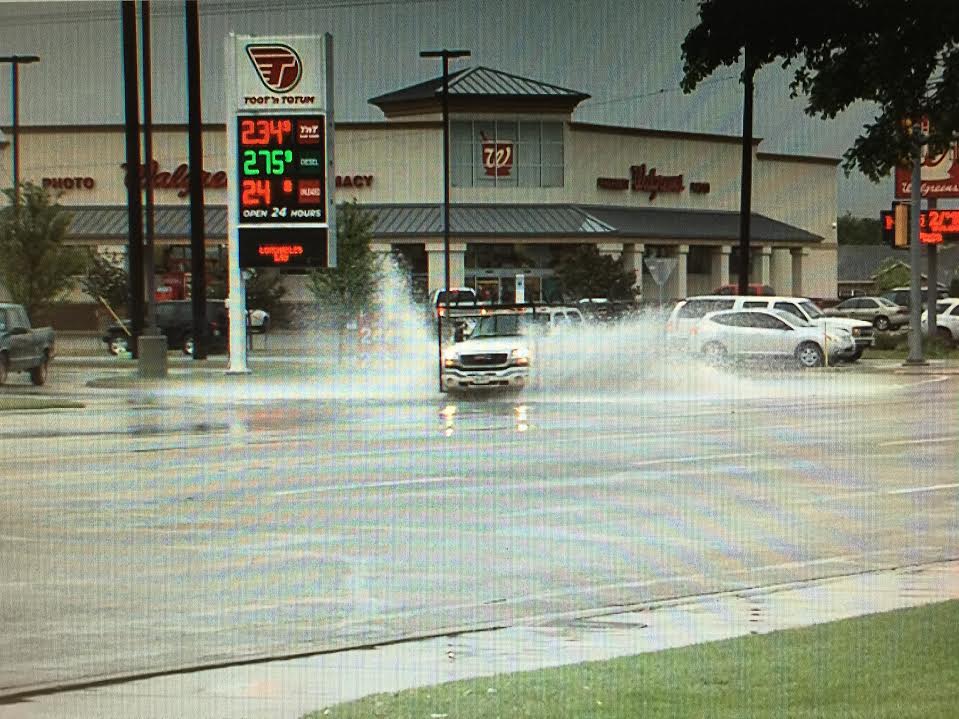Some weather experts are calling the current version of El Nino “Godzilla.”
It’s meant to suggest that the severity of the weather that could be coming to the Pacific Coast is monumental, historic, unprecedented. El Nino is the name the National Weather Service gives to the ocean currents that deliver stormier-than-normal weather patterns. The opposite of El Nino is La Nina, which has been blamed in large part for the drought that has ravaged the West Coast.
http://sfist.com/2015/07/23/godzilla_el_nino_now_being_called_s.php
Many millions of Californians are hoping El Nino takes on Godzilla-like traits, if they don’t live on or within spitting distance of the beach. They need the moisture out there.
I won’t get into the climate change debate with this post, but there does seem to be some significant change in the weather occurring in the Pacific Ocean. And, oh by the way, it’s having an impact on us way inland, many miles away.
We’ve had a very wet spring and first half of the summer on the Texas Tundra. But those of you who live there know that already.
If we’re going to have a Godzilla-like El Nino current for the rest of this year and perhaps well into the next one, then we’re going to see some tremendous benefit from this change in our climate.
The weather that moves in off the mountains to our west has been bringing a lot of rain over the course of the past few months.
We’ll take it. Anytime.
Welcome to the High Plains, Godzilla.

